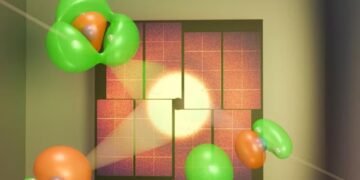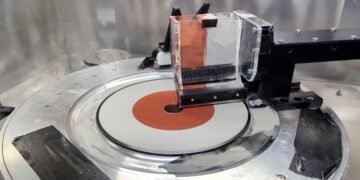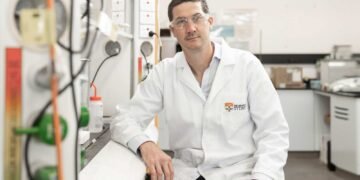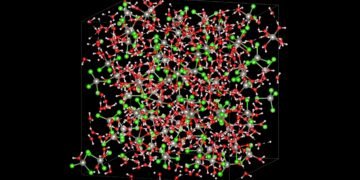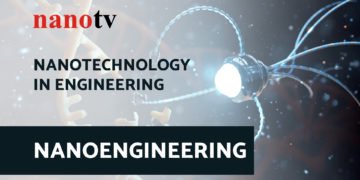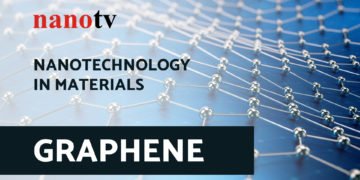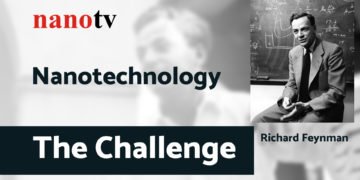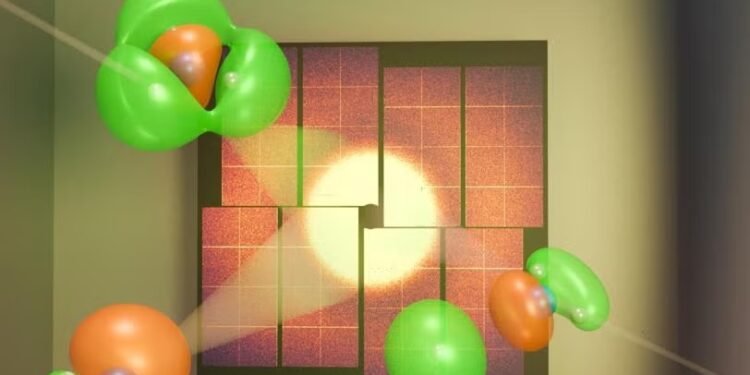Researchers track the motion of a single electron during a chemical reaction
They used SLAC’s ultrafast X-ray laser to follow the impact of a single electron moving within a molecule during an entire chemical reaction.
By Emily Ayshford
Valence electrons, located in the outermost shell of an atom, play an important role in driving chemical reactions and forming bonds with other atoms.
But imaging these particles as they perform this work is tricky. Not only are valence electrons incredibly small, they also form chemical bonds within femtoseconds – mere quadrillionths of a second.
Now, an experiment at the Department of Energy’s SLAC National Accelerator Laboratory has, for the first time, combined advanced X-ray technology with cutting-edge simulations and theory to image the impact of the motion of a valence electron in real time throughout a chemical reaction.
Using extremely bright X-ray pulses from SLAC’s ultrafast Linac Coherent Light Source (LCLS), a multi-institutional team tracked a single valence electron as it guided the hydrogen dissociation from an ammonia molecule.
The results, published in the journal Physical Review Letters, could help scientists both better understand chemistry at a fundamental level and better control the outcomes of chemical reactions. That knowledge, in turn, could be harnessed to design next-generation materials and technologies.
Tracking a valence electron during a reaction
Scientists have tried for years to track the motions of a single electron throughout a chemical reaction. However, imaging this journey has been elusive on several levels because it has been difficult to isolate single electrons from the many electrons within an atom, and it has also been impossible to do so within the extremely fast timescale on which chemical reactions take place.
At SLAC, a research team decided to try a new approach that involved both theory and experiments. Using the power of LCLS, an X-ray laser, they used time-resolved X-ray scattering – a form of imaging at the atomic level and within femtoseconds that is sensitive enough to track the electron distribution – and paired the technique with advanced simulations and theory.
The team was led by Ian Gabalski, a PhD student at Stanford University, Professor Philip Bucksbaum at the Stanford PULSE Institute, and Nanna List, an assistant professor of theoretical chemistry at KTH Royal Institute of Technology, Sweden, and at the University of Birmingham, U.K. Gabalski led the experiment and data analysis, while List provided the theory and simulations that both guided the choice of reaction and later provided the key comparison required to establish that the experiment had indeed captured valence electron rearrangement.
To track the impact of electron motion, the team created an enclosure of high-density ammonia and excited it with an ultraviolet laser. As the laser passed through the gas, X-rays from LCLS hit the electrons and scattered back out. “And the whole thing happens in the course of 500 femtoseconds,” Gabalski said.
In most molecules, the core electrons, which are tightly bound to atoms, outnumber the outer valence electrons. But in small and light molecules like ammonia, which consists of a nitrogen atom and three hydrogen atoms, the valence electrons far outnumber the core electrons. That means that the X-ray scattering signal from the valence electrons is strong enough to track them and “see” how they moved while also inferring the positions of the atoms.
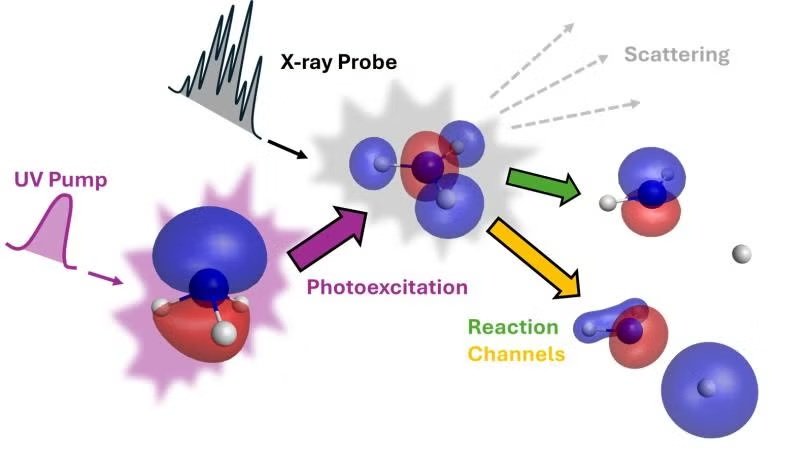
Scientists already knew that photoexcited ammonia evolve from a structure in which the nitrogen and hydrogen atoms form a pyramid to one in which all atoms lie in a plane. Eventually, one of the hydrogens breaks off from this planar geometry and fragments the molecule. With their X-ray scattering technique, the researchers were able to image the electron motion that drove this nuclear rearrangement.
List’s calculations were key to interpreting the data. “Normally we have to infer how valence electrons move during a reaction rather than seeing them directly, but here we could actually watch their rearrangement unfold through direct measurements,” List said. “It was a very nice collaboration between theory and experiment.”
Following different chemical reaction pathways
Tracking the motion of valence electrons also provides a window into the different paths that chemical reactions can take, driven by the electronic motion.
“If you’re trying to synthesize a molecule for a new pharmaceutical or material, those chemical reactions are always going to branch into both desired and undesired pathways,” Gabalski said. “When it doesn’t go the way you want, it creates byproducts. So, if you understand how this works, then you can figure out how to steer that reaction in the direction you want. It could be a very powerful tool for chemistry in general.”
The team hopes to continue to refine their techniques to capture even better images, especially with even more powerful X-ray beams after the recent LCLS upgrade.
“We could see these valence electron signals in the sea of core electron background, which opens up many new avenues,” List said. “It was a proof of concept that has pushed us to try to see things that we haven’t been able to see before.”
Source: SLAC National Accelerator Laboratory
